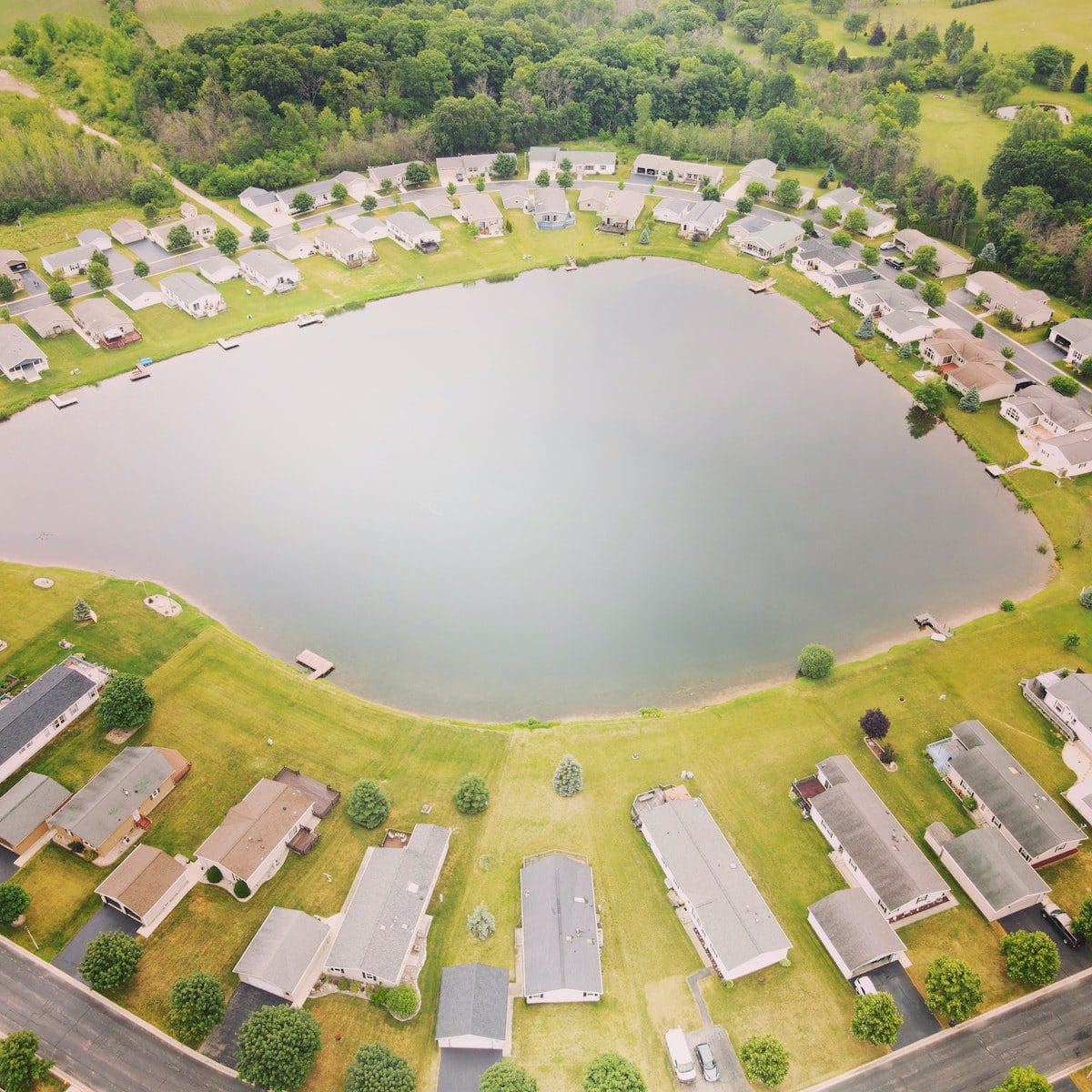It is very well seen that urban and suburbs provide different living experiences. In comparison, none of those are higher or lower than the others. However, they’re all different.
For instance, a town person can easily experience more culture than someone living in a suburban area. Similarly, finding peace is hard in city areas.
Key Takeaways
- Urban areas are densely populated regions within or near cities with a high concentration of infrastructure, businesses, and cultural institutions.
- Suburban areas are less densely populated surrounding cities, featuring residential neighborhoods, lower population density, and more green spaces.
- The main differences between urban and suburban areas lie in their population density, infrastructure, and lifestyle, with urban areas being busier and more developed than suburban regions.
Urban vs. Suburban
Urban areas have a high population density, and many live in small areas, leading to a fast-paced lifestyle. Suburban areas are residential areas located on the outskirts of cities or towns, with larger homes, bigger yards, and a more relaxed pace of life.

Comparison Table
| Parameter of Comparison | Urban | Suburban |
|---|---|---|
| Definition | Settlement in urban areas includes a massive population size and increased population density with a better and high living standard. | A suburban area is a group of properties, mainly for residential purposes, which are not immensely populated yet settled very close to urban settlements. |
| Cost of living | The cost of living is way higher owing to better facilities and infrastructure. | The cost of living is low as houses are more cost-effective and you’ve got a lot of areas to grow a family. |
| Transportation | The benefit of transportation is present in terms of walking, accessing public transportation, private vehicles, etc. | Commuting from the suburbs to a town can only be possible through private vehicles like cars. |
| Amount of space | Urban areas have a much bigger population density, i.e., closely packed in terms of individuals and institutions. | Suburban areas have a lower population density. There is a lot of open and free space. |
| Lifestyle | It is extraordinarily fast, and something is happening, with people being slightly aggressive and constantly in a hurry. | Living within the suburbs means living nearer to town also staying far away from the hustle of city life. A quiet and peaceful living is present. |
What are Urban Areas?
Urban areas or urban settlements are well structured and made purposely to supply a lot of residential houses due to the growing population in cities.
Despite this, the populated area is difficult to contain. Placing the immensely growing population into a limited housing space is tough. So, the importance of suburbs is growing.
One of the important aspects of living in urban areas is various social facilities such as transportation, exceeded likelihood for business, and academic facilities are easily available in the market.
Compared to suburban or rural areas, urban areas provide a living with higher standards. The advantages of residing in such urban areas are, for the most part, a result of the economic development that takes place in these neighborhoods.
The highly developed areas are sometimes classified in line with land use and population density.
The living given by Urban areas provides us with a more robust and amazing location. However, this means that they are more costly.
Here, economic activities are dominant in Secondary and tertiary areas.
They are a part of various activities and perform several functions such as commercial, industrial, administrative functions, and many more.

What are Suburban areas?
A suburban area is a residential neighborhood designed for people to live in. However, business development has affected suburbs in several countries due to high property rents within the city areas.
They are considered the best choice as residential properties because individuals will live close enough to town to avoid the traffic, pollution, and immense amount of people or enjoy a larger residence.
Giant cities surround suburban areas. Compared to the urban areas, most are less densely populated. They function as the residential area for the city’s workers.
Also, they are created mostly for single-family homes, shops, and other related facilities. Suburban migration also occurs; that is, town residents, move to the suburbs.
Houses in suburban areas are larger than houses in cities, and they mostly have additional parks and open areas. Below are given some characteristics that outline a suburb:
- Consist of an open area but not too big for agricultural-related practices.
- Mainly for residential purposes, although there are some essential industrial properties available
- The cost or price is more affordable than in nearby town centers
- Usually present among an affordable distance from the urban or city areas and hence can be reached fastly.

Main Differences Between Urban and Suburban
- Settlement in urban areas includes massive population size, increased population density, and better and high living standards. In contrast, A suburban area is a group of properties, mainly for residential purposes, not immensely populated yet settled very close to urban settlements.
- The cost of living in urban areas is way higher than in suburban areas.
- The benefit of transportation is present in urban areas in either walking, accessing public transportation, private vehicles, etc.; in suburban areas, only private vehicles can be used to commute.
- Urban areas have a much bigger population density, i.e., closely packed in terms of individuals and institutions, whereas Suburban areas have a lower population density. There is a lot of open and free space.
- Urban areas are extraordinarily fast, and something is happening, with people being slightly aggressive and constantly in a hurry. Living within the suburbs means being nearer to town and staying far away from the hustle of city life. A quiet and peaceful living is present.

- https://www.sciencedirect.com/science/article/pii/S0169204603002779
- https://ehp.niehs.nih.gov/doi/abs/10.1289/ehp.5754

I found the article to be quite informative. It provides a comprehensive comparison of urban and suburban areas, allowing readers to better understand the differences between them.
Absolutely, Benjamin Jackson. The detailed comparison helps in acknowledging both urban and suburban settings.
This article provides an insightful comparison of urban and suburban areas. It’s fascinating to learn about the different living experiences in both areas.
I completely agree, Hannah75. The article effectively highlights the unique characteristics of each area.